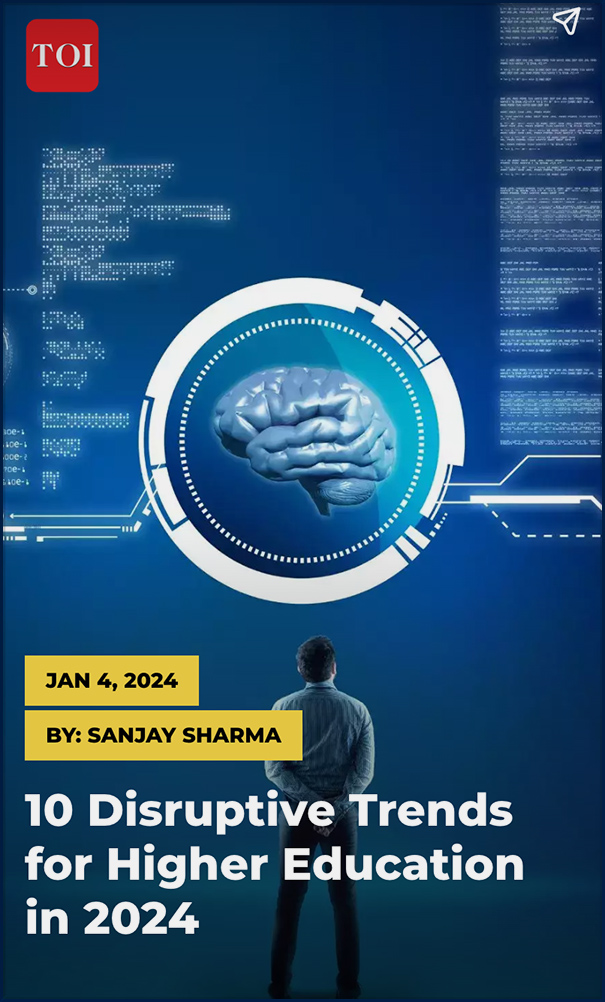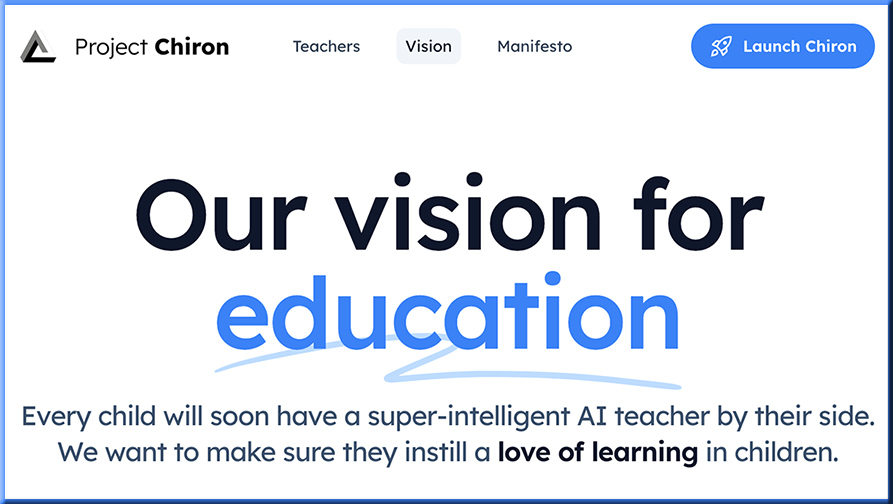Preparing Students for the AI-Enhanced Workforce — from insidehighered.com by Ray Schroeder
Our graduating and certificate-completing students need documented generative AI skills, and they need them now.
The common adage repeated again and again is that AI will not take your job; a person with AI skills will replace you. The learners we are teaching this fall who will be entering, re-entering or seeking advancement in the workforce at the end of the year or in the spring must become demonstrably skilled in using generative AI. The vast majority of white-collar jobs will demand the efficiencies and flexibilities defined by generative AI now and in the future. As higher education institutions, we will be called upon to document and validate generative AI skills.
AI image generators: 10 tools, 10 classroom uses — from ditchthattextbook.com by Matt Miller

A Majority of New Teachers Aren’t Prepared to Teach With Technology. What’s the Fix? — from edweek.org by Alyson Klein
Think all incoming teachers have a natural facility with technology just because most are digital natives? Think again.
Teacher preparation programs have a long way to go in preparing prospective educators to teach with technology, according to a report released September 12 by the International Society for Technology in Education, a nonprofit.
In fact, more than half of incoming teachers—56 percent—lack confidence in using learning technology prior to entering the classroom, according to survey data included with the report.
5 Actual Use Cases of AI in Education: Newsletter #68 — from transcend.substack.com by Alberto Arenaza
What areas has AI truly impacted educators, learners & workers?
- AI Copilot for educators, managers and leaders
- Flipped
Classrooms Chatbots
- AI to assess complex answers
- AI as a language learning tool
- AI to brainstorm ideas
AI-Powered Higher Ed — from drphilippahardman.substack.com by Dr. Philippa Hardman
What a House of Commons round table discussion tells us about how AI will impact the purpose of higher education
In this week’s blog post I’ll summarise the discussion and share what we agreed would be the most likely new model of assessment in HE in the post-AI world.
But this in turn raises a bigger question: why do people go to university, and what is the role of higher education in the twenty first century? Is it to create the workforce of the future? Or an institution for developing deep and original domain expertise? Can and should it be both?
How To Develop Computational Thinkers — from iste.org by Jorge Valenzuela
In my previous position with Richmond Public Schools, we chose to dive in with computational thinking, programming and coding, in that order. I recommend building computational thinking (CT) competency first by helping students recognize and apply the four elements of CT to familiar problems/situations. Computational thinking should come first because it’s the highest order of problem-solving, is a cross-curricular skill and is understandable to both machines and humans. Here are the four components of CT and how to help students understand them.













